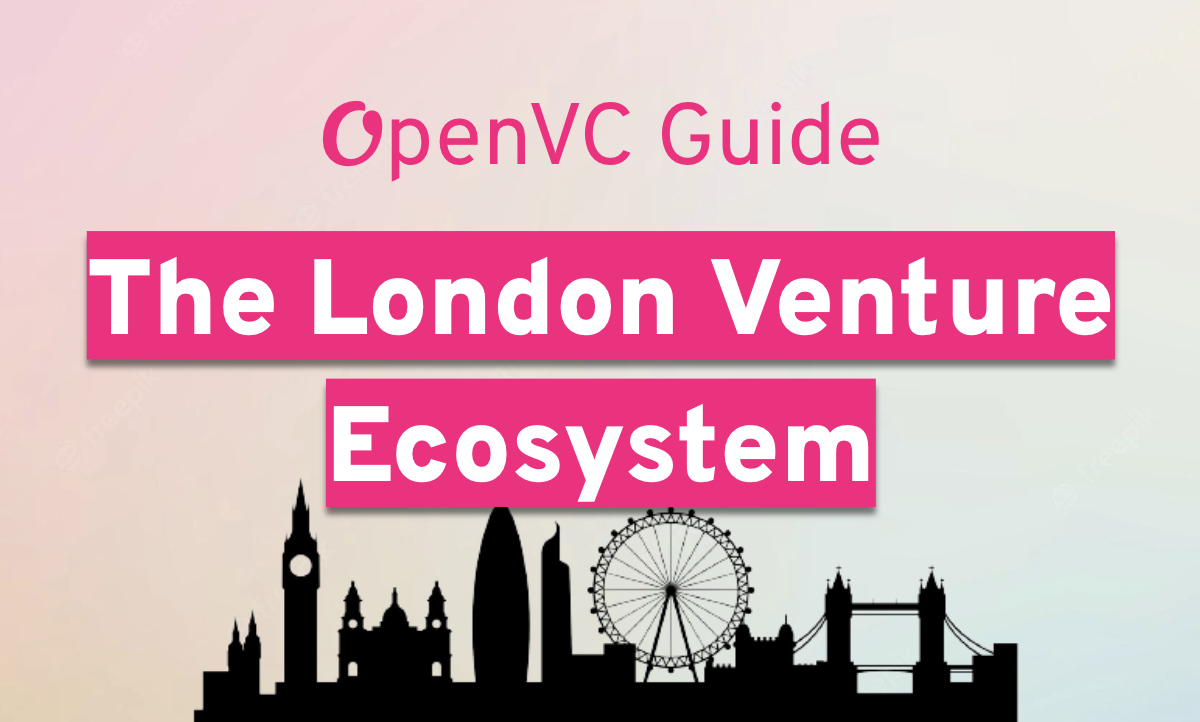Business is still business, no matter what stage a start-up is in. Oftentimes, start-ups launch (or attempt to launch), yet continuously make the same business mistakes. What do these mistakes ultimately lead to?
Defeat.
Luckily, I have a few, specific business disciplines that are transferable at any start-up stage. These disciplines will undoubtedly help founders avoid failure.
Table of Contents
The triangle of success
Start-up founders first need to understand the triangle for success: Innovation, Failure, and Globalization. This triangle is also known as “three business disciplines that can help guide any start-up founder to avoid the detrimental mistakes”.
Let’s start with the idea of innovation. Why is it important?
Innovation is the engine not just for start-ups, but also for economies. If you look at history, economies that do not innovate wither away and become dependent on the economies that do. Take China and how it is “about to overtake the US economy”.
Should the US be worried? Not necessarily. This is because China does not innovate. The same thing goes for any start-up. The continuity of innovation is the key to staying in business.
There are three types of innovation in business.
1.) Extreme innovation
2.) Progressive innovation, and
3.) Creative innovation
Extreme innovation is something that has never been done before or thought of. On the flip side, progressive innovation takes something that already exists, but makes it better, faster, stronger, lighter, less expensive, etc. Creative innovation, on the other hand, is taking concepts that exist and mashing them into an entirely new thing.
Although all three of these types of innovation have different implications, they all have one thing in common: moving forward. If a start-up does not innovate and is happy with their results, then the start-up must have a valid strategy, right?
Wrong.
If a start-up lacks innovation, then the start-up is essentially moving backwards. As a result, competitors can surpass this stagnant startup.
The necessity for innovation applies to EVERY stage of business
This goes for enterprises too. For example, nonprofit organizations follow the basic disciplines of business management. The ideas of increasing revenues and decreasing expenses, or scaling marketability, are all pathways every enterprise wants to follow. That being said, the cultural impact of innovation is not a siloed discipline within a specific business context.
Innovation is no easy feat. It is common for companies to get into a rut and stop innovating. The smart ones outsource innovation to continually move forward. Start-ups that create an innovative idea, generate this idea, and continually innovate within a business framework are very powerful.
Don’t fall into this (common) innovation trap
Although innovation can pertain to every type of start-up business, start-ups may fall into the trap of extreme focus and neglect basic business practices. There is a risk of start-ups becoming too narrowly focused and focusing on innovation for its own sake. Some examples of innovations that failed as a result of falling into this trap include: Google Glasses, the Nintendo Virtual Boy, and Vine. This myopic approach inhibits start-ups from making innovations that actually provide value. Innovation needs to be within a business context. It needs to work.
Successful founders do two things: Find value and embrace failure
I’ve worked with a multitude of start-up founders, am a founder myself, and have invested in an array of technology start-ups. Through my own learnings, I’ve realized that a successful founder perceives where there is a value gap in the market and creatively innovates to close that gap. That being said, this founder makes something new out of what already exists.
The second component of being a successful founder is not having fear of failure. The reason is, start-ups limit their own possibilities if the fear of failure becomes their main motivation. Once a start-up realizes that failure is not a threat, but instead a lesson to be learned, the success of a start-up increases exponentially. The trick is, of course, to never make the same mistake again.
Start-ups should also wear past failures as a badge of honor. Failure is an illustration of tenacity and the willingness to push the limit. A track record of failure shows that a startup has the right formula. For example, Reid Hoffman, the co-founder of LinkedIn founded his first company in 1997, SocialNet. This social networking site was designed to provide users with a networking platform as well as a dating site. This start-up failed majorly because it was too early to market, the internet was not ready for it. However, he was able to learn from that failure and made LinkedIn the successful company it is today. Then, LinkedIn was bought by Microsoft for $26 billion in 2016.
The cycle of failure
There is a typical cycle of failure start-up companies will go through. The earliest seed of a start-up is the new idea. For most, the new idea written on the back of a napkin will die right there and nothing will be made of it. The fear of starting can be quite powerful.
The next step is typically vetting it with people who have experience in the field that a start-up is trying to disrupt. If they aren’t receptive to the idea, it is usually due to one of two reasons:
1. We have tried this before and it never works. (Just a heads up, this is the worst possible reason not to do something.)
2. The market is not ready for it.
Some start-ups will die at this stage because of the fear of failure. Be resilient and do not accept these two statements as reasons to stop.
The next stage is proving that the start-up has a minimum viable product, or MVP. The MVP shows that the start-up’s idea can work and is going to provide value in the market it is addressing. This stage demonstrates how it will scale value from where it is now to where it needs to go in terms of market coverage and sheer capital. As funds are beginning to be raised, whether the start-up realizes it or not, it is now a business. This point in particular is the biggest point of failure. At this point, founders need to understand they are running a business. This is the major delta between failure and success in start-ups.
Ridding the fear of failure does not mean being reckless. Start-ups still have one goal.
The number one goal of a business is profit. For start-ups, profit needs to be the end goal. In order to achieve this, there needs to be a fiscal management of resources that will result in profit overtime. Therefore, as a start-up begins to gain traction, cognizant management of the business is vital. This can include simple things such as increasing marketing sales and controlling costs. Without this, the burn rate will overtake any chance for success.
Start-ups also need to ensure to not intertwine the mission of their work with their number one goal. No start-up, no matter the business context, can be sustainable without financial success. At any rate of the business stage, if the goal of gaining profit is lost sight of, then the entire mission will suffer. This is because the goal and mission of a company are not the same thing. If it is thought that they are, then the start-up will go out of business.
The third and final side of the triangle - Globalization: it’s crucial
To innovate effectively, you have to think globally. If a start-up silos their creativity and innovation, they don’t stand a chance at survival. Since no country has a monopoly on innovation, there are always opportunities to be exposed to someone who is innovating at a better, faster, and stronger pace.
While traveling abroad can be expensive, start-up founders should still allocate resources to travel to experience global innovation first hand. Nothing can replicate the opportunity of exposure to how other countries do business.
If the pandemic taught us anything, it is that we are global citizens. As a start-up founder, it would be at your own risk not to embrace it.
Find your ideal investors now 🚀
Browse 5,000+ investors, share your pitch deck, and manage replies - all for free.
Get Started
About the author
Dr. Elad Granot is the co-founder and managing member of an early-stage technology Venture Capital fund and the Dean of John Carroll University’s Boler College of Business.
Elad is passionate about the role of Higher Ed in its ecosystem, and he actively builds, cultivates, and promotes social and economic connections through active citizenship in the community, while serving as a key strategic influencer for students to move up the academic and economic ladders.
If you are thinking of starting a business, John Carroll University's Boler College of Business is launching their revamped Master of Science in Innovation and Entrepreneurship in January 2023. This program offers Saturday classes, a one year accelerated timeline, and a 10 day international study tour. Learn more here.










